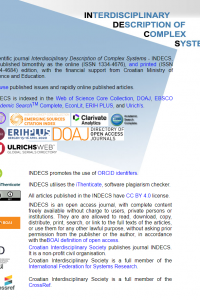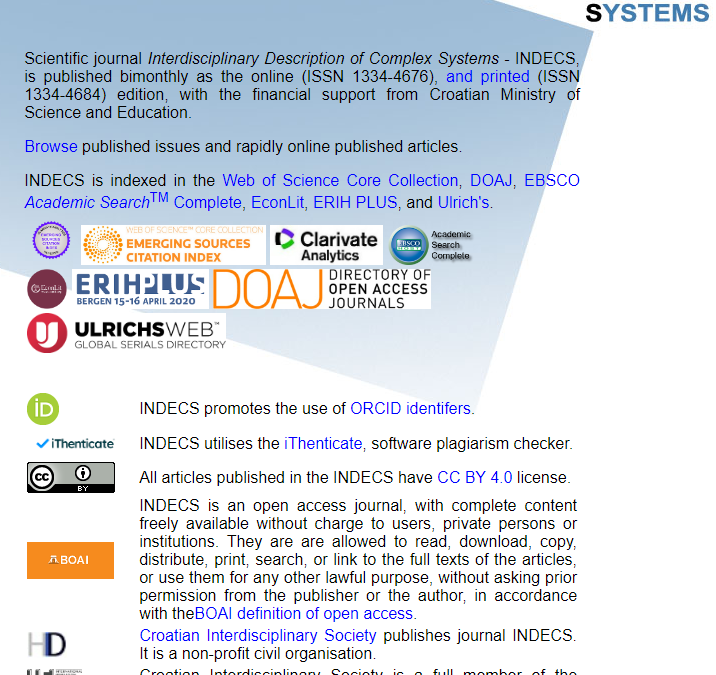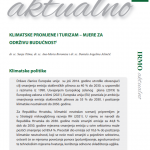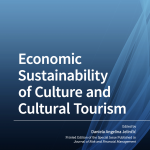
Journal: Interdisciplinary Description of Complex Systems: INDECS, Vol. 21, no. 3, 272-297 p.
Publisher: Croatian Interdisciplinary Society
Year: 2023
ISSN 1334-4684 (print) and ISSN 1334-4676 (online)
Abstract
Dubrovnik is one of the most visited destinations on the Adriatic coast. However, the large number of visits is affecting the heritage area of the city, and since the Old City of Dubrovnik have been under the UNESCO protection from 1979 it is important to achieve the balance between tourism and sustainability of the heritage site. The use of smart and open data can improve tourism flow management in cultural heritage sites.
The aim of this paper is to identify innovative solutions, with the support of new technologies and big data, in order to reduce negative impacts of tourism on cultural heritage sites. The set of indicators are defined and a holistic model is proposed to analyze these data and use them in sustainable management of cultural heritage cities. The newly developed smart holistic models are presented in the case of the City of Dubrovnik since it is largely dedicated to tourism. The analysis of tourist flows in the City of Dubrovnik has been done following a system of indicators developed by the Agency for sustainable Mediterranean cities and territories in the framework of Interreg Mediterranean project HERIT-DATA that consists of 21 indicators divided into 6 groups. A large number of tourists are affecting not only space and infrastructure, but also the life of residents. Therefore, it is of the greatest importance to manage tourism in a more holistic and sustainable way and to find the balance between tourism and its economic contributions and sustainability.
The proposed set of indicators and a new smart holistic model will help policy makers, destination managers, cities and sites to anticipate and manage the tourism flows in a smarter way. The results of the analysis showed that the overtourism in Dubrovnik has still not affected the infrastructure and environmental conditions, but it greatly affects the residents of the city and their quality of life. Also, the smart solution for managing the tourism flows in the Old City of Dubrovnik already exists, in the form of Application for the prediction of the number of visitors, but it should be used in a way that helps better manage the tourist flows.
Key words
Sustainable tourism, Dubrovnik, cultural heritage, smart solutions, big data
The full text is available at the link: Smart Solutions for Sustainable Tourism Pearls: How to Live Between Culture and Tourism in Dubrovnik (srce.hr)




